Fortinet Introduces Expansive Upgrades to its Real-Time Network Security Operating System
Fortinet, the global
cybersecurity leader driving the convergence of networking and security,
announced the latest version of its FortiOS
operating system and other major enhancements to the company’s
cybersecurity platform, the Fortinet
Security Fabric.
FortiOS 7.6 empowers
customers to better mitigate risk, reduce complexity, and realize a superior
user experience across their entire network with new features spanning the
following areas:
· Hundreds of
enhancements in FortiOS 7.6 deliver improvements across the Fortinet Security
Fabric in areas such as Secure SD-WAN, secure access
service edge (SASE), zero-trust
network access (ZTNA), automation, provisioning, remote browser
isolation, and digital
experience monitoring (DEM), among other areas, all with
flexible consumption (SaaS or PaaS) options.
· GenAI for threat
analysis and product deployment: Building on existing
Generative AI (GenAI) capabilities for accelerated threat investigation and
remediation, FortiOS 7.6 integrates FortiAI (formerly
Fortinet Advisor) natively within Fortinet’s central data lake, FortiAnalyzer,
and its unified management console, FortiManager.
These integrations improve threat analysis and response and streamline network
and security operations, respectively. Expanding FortiAI across the Fortinet
Security Fabric facilitates faster decision-making, helps detect and remediate
incidents quickly, and ensures organizations can easily adopt the technologies
they require.
· Comprehensive data
protection capabilities across the network: Centralized data protection
combined with enforcement points across the Fortinet Security Fabric will
enable more enterprises to adopt and manage a complete data loss prevention
(DLP) strategy. These FortiOS 7.6 enhanced features ensure sensitive
information remains secure no matter where it resides within the hybrid
network.
Additional updates to
enhance the Fortinet Security Fabric include:
· Endpoint detection
and response features added to Fortinet’s unified agent: FortiClient,
the Fortinet Security Fabric’s unified agent, will integrate with full endpoint
detection and response (EDR) to add ransomware protection, behavior-based
detections, and automated response, as well as deeper visibility, control, and
ZTNA remote access capabilities. Fortinet delivers a unified agent that
includes VPN, ZTNA, endpoint
protection platform (EPP), EDR, DEM, network access
control (NAC), and SASE to reduce agent sprawl and simplify
management across complex environments.
· More ways to combat
the cyber skills shortage: On top of GenAI, FortiAnalyzer now
includes options for out-of-the-box SIEM and SOAR services,
delivering broader data ingestion and automated playbooks to streamline the
adoption and expansion of security operations (SecOps). Ops augmentation is
already available with our robust SOC-as-a-Service offering
to assist SecOps, and we have now added a Managed FortiGate Service to support
network operations teams. These services reflect Fortinet’s dedication to
supporting our partners as they grow their portfolios to reach a broader
audience and promote best-practice deployments everywhere. These services
specifically help our partners better overcome the ongoing cyber skills
shortage and streamline the digital transformation of their end
customers.
The Power of One
Operating System
Fortinet’s dedication
to integrating its portfolio across one operating system, coupled with its
investments in custom ASICs,
has yielded tangible benefits for customers of all sizes across the following
areas:
· Firewall: FortiOS started as a
firewall operating system and excels at that function, delivering orders of
magnitude of performance and power efficiency advantages when paired with our
internally developed ASICs. With a single OS across all FortiGate models,
Fortinet’s custom ASICs accelerate FortiOS functions to support 14 networking
and security applications, enabling a hybrid mesh
firewall approach to infrastructure security, protecting
on-prem, remote, and cloud environments with consistent security policies and
management.
· Segmentation and
ZTNA: For managed devices, ZTNA controls check users connecting to
applications and data and segment application access using the same FortiOS
application gateway. Lateral movement of cybercriminals and ransomware programs
is further limited by internal segmentation firewalls enabled by the
high-throughput, low-latency data center firewalls powered by FortiOS.
· OT/IoT/Edge
Security: Because FortiOS can control and protect wired and wireless networks,
this security can also seamlessly extend to the edge, providing consistent
protection for IoT devices, OT networks,
and other agentless devices.
· Unified SASE: Fortinet’s global,
scalable network, running FortiOS via worldwide points of presence, protects
the hybrid workforce and thin edges. This network is also anchored by the industry-leading
SD-WAN capabilities built into FortiOS to improve user experience.
· AI-Driven Security
Operations: All of these scenarios are then protected by Fortinet’s advanced AI-driven
Security Operations, which are enabled by the common ingestion of
data, telemetry, and threat information through our single data lake and the
uniform application of FortiOS across the Fortinet Security Fabric.
The Fortinet Security
Fabric Platform
Fortinet supports
customers with a platform approach to cybersecurity via the Fortinet
Security Fabric, which converges networking and security through one operating
system (FortiOS), one unified agent (FortiClient), one management console
(FortiManager), and one data lake (FortiAnalyzer) to integrate and protect the
entire digital attack surface. It’s focused on three major enterprise pillars:
secure networking, unified SASE, and AI-driven security operations.
The Fortinet Security Fabric is the result of over two decades of relentless focus on the company’s platform vision and organic product development and innovation. It spans more than 50 enterprise-grade products and services, including network firewall, wired and wireless LAN, SD-WAN, SASE, SIEM, and EPP. This extensive integrated product coverage, combined with open APIs and a deep technology alliance partner ecosystem of over 500 third-party vendors, ensures customers can start building a platform based on what they currently have deployed and leverage the Fortinet Security Fabric in the way that drives the most value for their unique needs.
“ We founded Fortinet
on the principle of fortifying our customers’ networks by converging networking
into secure networking. To achieve this, we’ve spent the past two decades
focused on organically developing our solutions around one operating system and
investing in FortiASIC, our specialized compute processors. Today, FortiOS is
the world’s most powerful, real-time network security operating system capable
of simplifying management across content, applications, users, devices, data,
and locations, and our proprietary FortiASICs deliver unprecedented
performance, lower costs, and reduced energy consumption. Our dedication to
over 20 years of organic innovation uniquely enables 30+ networking and
security functions to work together, and we take great pride in enhancing the
operating system that has already set the industry standard with the release of
FortiOS 7.6,” said, Ken Xie,
Founder, Chairman of the Board, and Chief Executive Officer at Fortinet



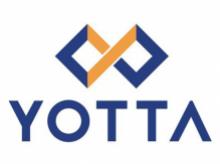

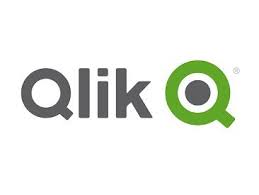








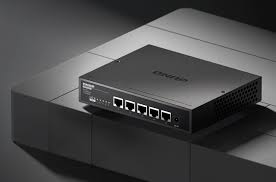
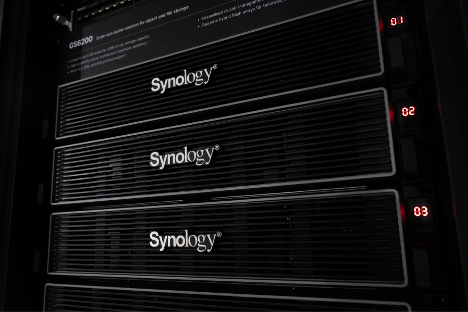










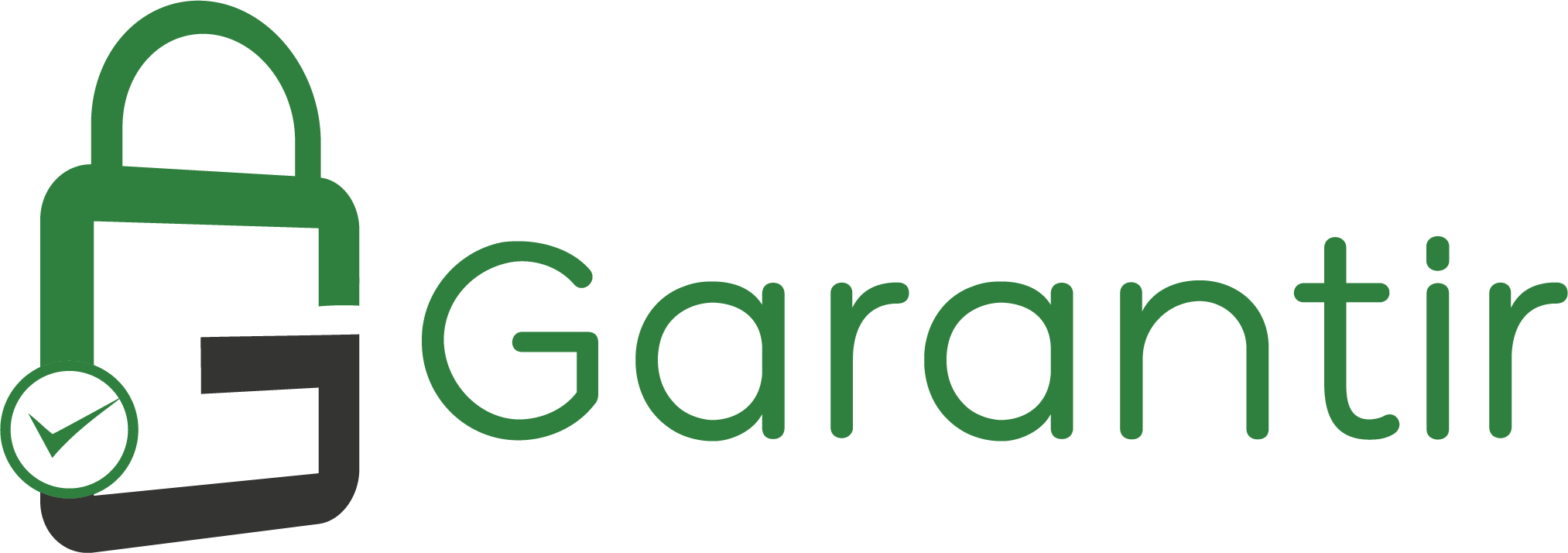


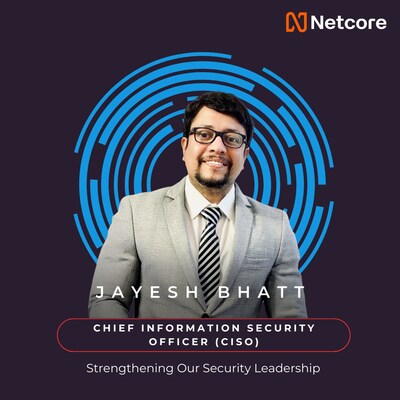



Leave A Comment